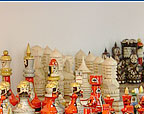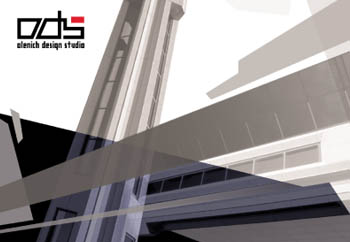You're A Designer... Not A Decorator! (CMYK)
Ever since the advent of the Apple Macintosh Computer in 1984, people from all walks of life have learned to desktop publish. Software programs have gotten easier to use and prices have become much more reasonable for the average consumer. Whether it’s a PC or a MAC, few households live without a computer. More and more people have gained access to the Internet and email recipient lists now far exceed the number of people written into address books. Yes, we are a computer generation. The result is that we’ve seen a tremendous growth in the number of people who are aware of the graphic design industry and students are now applying, in record numbers, to design programs all across the world.
The task at the fingertips of every graphic design student and professional still remains very much the same as it did before the computer became a common tool. We are in the business of graphic design because we are problem solvers that use creative means to achieve visual messaging. We are not in the business to make things look pretty. The goal of the designer is to achieve as much as possible by using as little as possible. Can you be effective in telling a story in 2-color versus 4-color? Can you achieve it in 4 pages or must it take 8? The answers to these and other key questions depend on the goal of each individual project.
Have you ever looked at a page of advertisements only to move right along because nothing caught your eye? Was there too much going on to be able to focus on any one thing? Think for a moment about a layout where you’ve noticed that less really is more…where a precise placement of elements can make the difference between you being interested enough to stop and read and versus you turning the page.
I often hear the terms desktop publishing and graphic design incorrectly interchanged. People can easily produce printed materials with little know how but that doesn’t mean it is good design. Anyone can decorate a page but the real art of being a successful designer is the ability to use the page, manipulate the page and transform the page into a creative design solution.
With each new project and client, you will likely want to explore creative options, experiment with materials and push the limits of your design comfort zone. What you don’t want to do is create clutter. The more you add to a page, the more you run the risk of distracting the viewer from “getting it”. One common mistake I see in young designers is that they often feel the need to put something wherever there is white space. One word of advise is, DON’T! Don’t make elements big just for the sake of them being big. It is much more effective to use the energy of the page to direct the eye and add a visual hierarchy to the information being presented. If you can’t speak about why a particular design element is being used then don’t use it.
Everything on the page should have relevance and should ultimately help to tell a story or send a message more clearly. Provide smart solutions with clear messaging by being a designer…not a decorator!
Mich Gunderman
Books Institute of Photography





